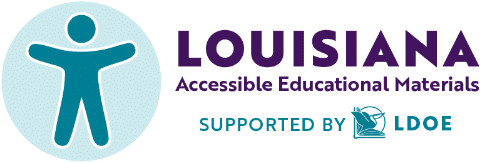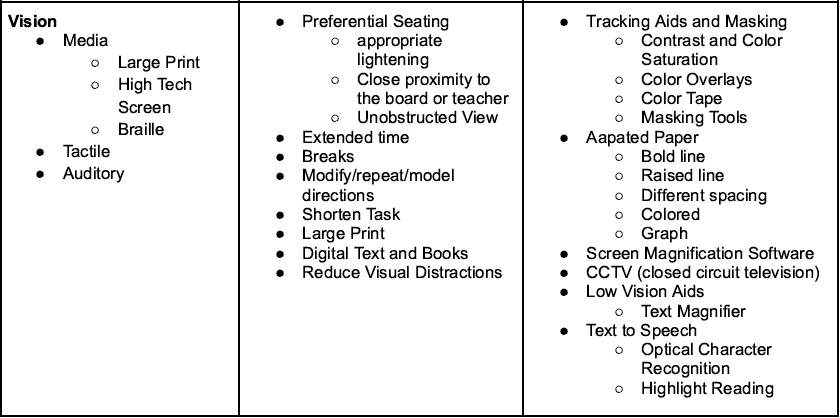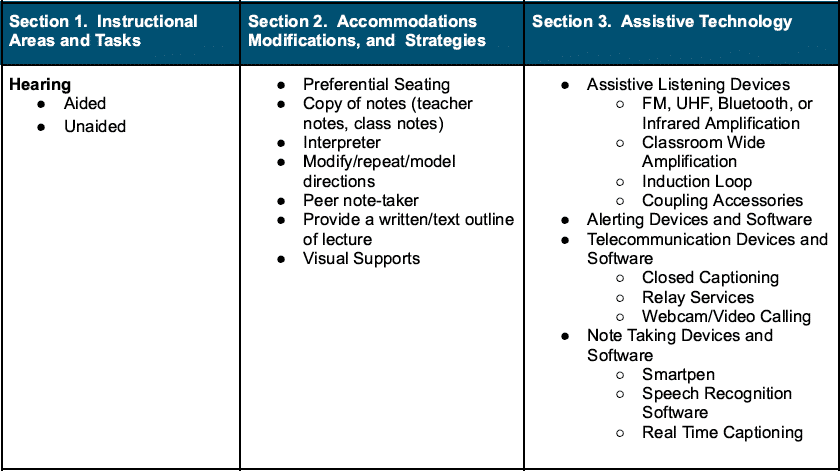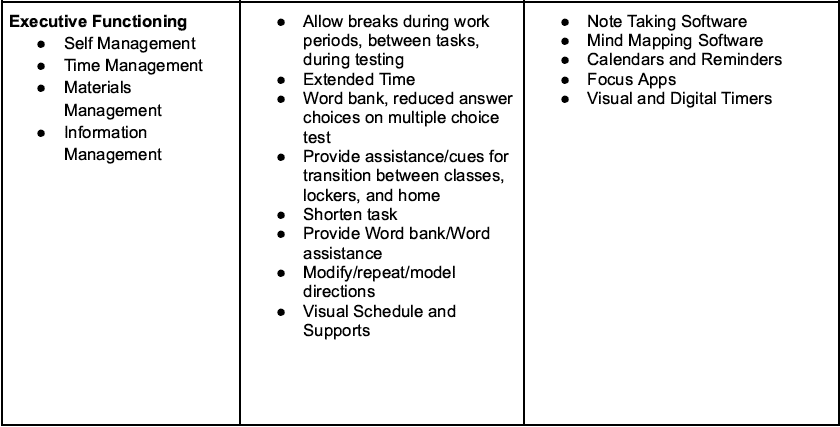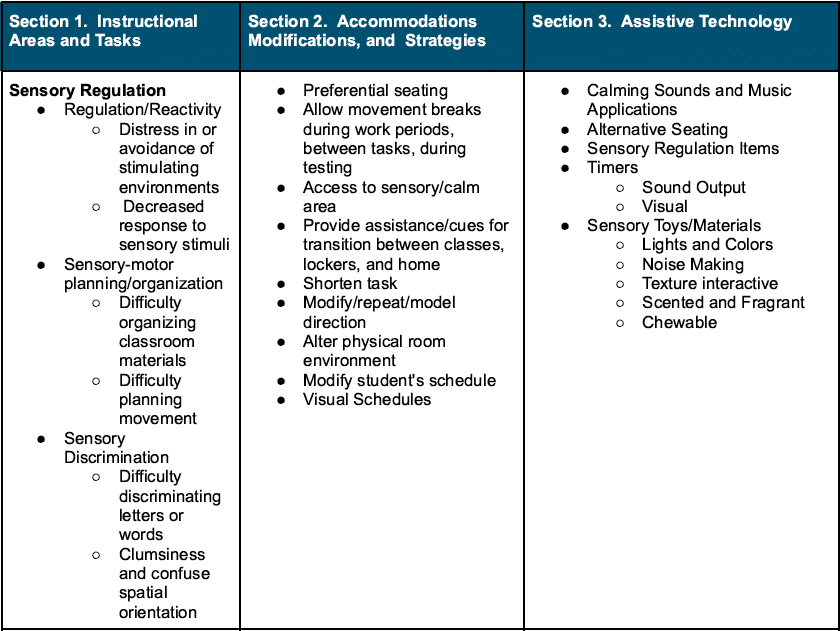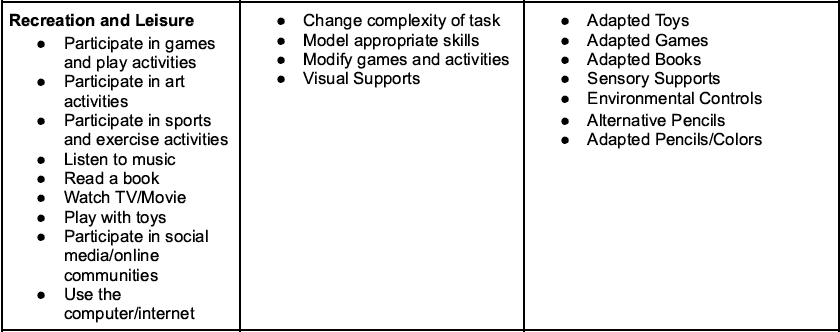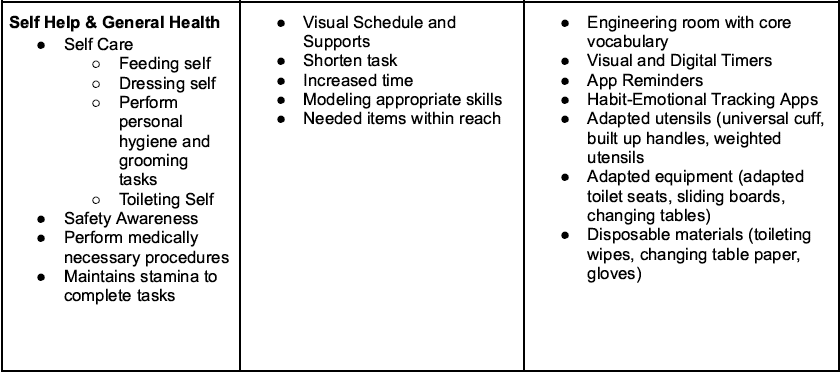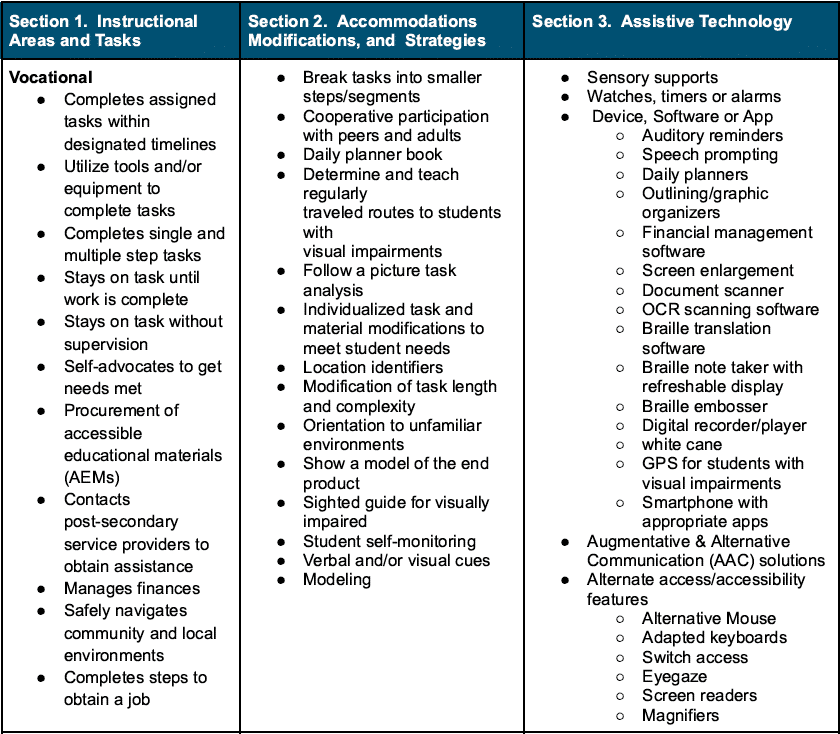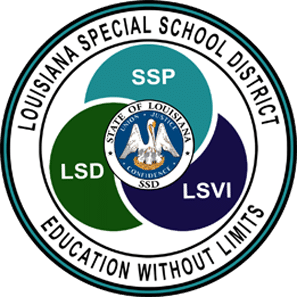Innovative Accessibility Solutions
Assistive technology plays a crucial role in ensuring that individuals with disabilities have equitable access to education and are empowered to reach their full potential. It enables individuals with disabilities to participate actively in academic activities, engage with their peers, and demonstrate their knowledge and abilities.
This could be as simple as providing speech-to-text software to students that struggle with writing or as complex as a student with cerebral palsy using an eye gaze to access a school’s learning management system for assignments. As such technology continues to advance at a rapid pace, it is essential for our education system to stay informed and up-to-date on the best practices surrounding assistive technology.
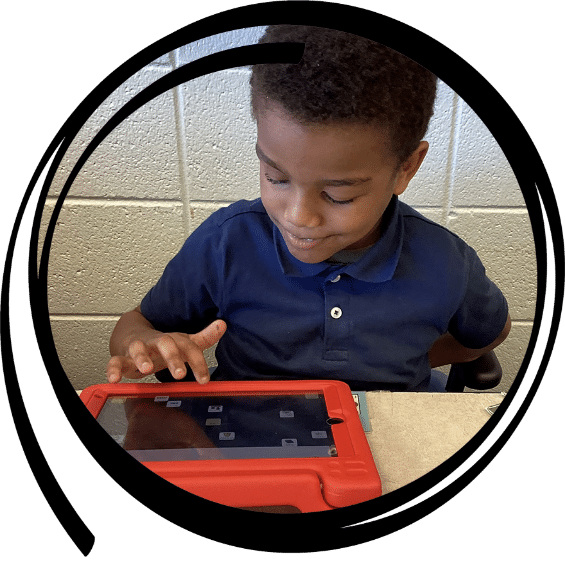
Your Guide to Assistive Technology in Louisiana
This AT guidebook was developed by a collaborative team of experts across Louisiana to improve the quality of assistive technology services required by IDEA. It includes Louisiana’s new AT Consideration Guide that provides all major areas of AT need and concern along with potential AT devices/tools.
Examples
Below are detailed examples illustrating how various agencies have been successfully completing the form. These examples are intended to provide guidance, demonstrate best practices, and showcase the different approaches agencies have taken to ensure accuracy and compliance.
Additionally, the Louisiana AT Guidebook covers all national standards of the Quality Indicators of Assistive Technology which include:
